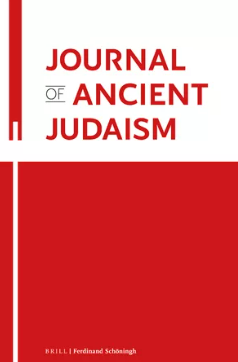https://doi.org/10.30965/21967954-12340020
많은 디아스포라 공동체는 멀리 떨어진 고국뿐만 아니라, 고국 밖에 흩어져 사는 다른 공동체와도 정체성을 공유한다. 그렇다면 이러한 공동체 간의 연결은 정확히 어떻게 형성되어 공유된 정체성에 기여하는가? 디아스포라 정체성의 어떤 측면이 생성되거나 강화되며, 여기에는 어떤 관습들이 포함되는가? 본 연구는 제2성전기 마지막 두 세기(기원전 1세기-기원후 1세기) 동안 유대인 디아스포라 공동체에 널리 퍼져 있던 두 가지 관습을 조사함으로써 이 질문들에 답하고자 한다. 첫째, 이 공동체들로부터 예루살렘 성전으로 헌물을 보내고 순례를 떠나는 관습이 어떻게 정기적인 공동체 간의 접촉을 가능하게 했는지 보여줄 것이다. 다음으로, 이러한 자발적인 관습들이 알렉산드리아, 로마, 소아시아, 바빌로니아 등 어디에 거주하든 간에, 많은 디아스포라 유대인에게 어떻게 결속력 있는 유대인 정체성을 강화하고 고국, 특히 예루살렘 도시와 성전의 중요성을 부각시켰는지 몇 가지 방식을 제시할 것이다.
Many diaspora communities identify not only with a distant homeland but also with others distant from the homeland. How exactly do these intercommunal connections take place and contribute toward a shared identity? What specific aspects of diasporan identity are created or strengthened? What practices are involved? This study will begin to answer these questions through investigating two practices which were widespread among diaspora Jewish communities during the last two centuries of the Second Temple period (1st cent. B.C.E.–1st cent. C.E.). First, we will show how sending offerings and making pilgrimages to the Jerusalem temple from these communities enabled regular intercommunal contact. Then, we will suggest some ways in which these voluntary practices reinforced a cohesive Jewish identity and the importance of the homeland, especially the city of Jerusalem and the temple, for many diaspora Jews, whether they lived in Alexandria, Rome, Asia Minor, or Babylonia.






